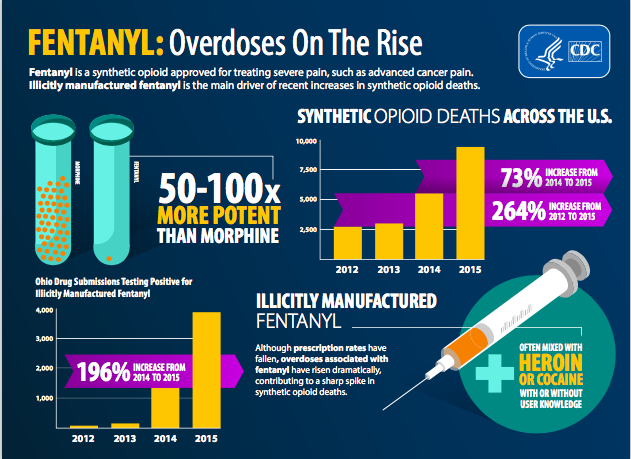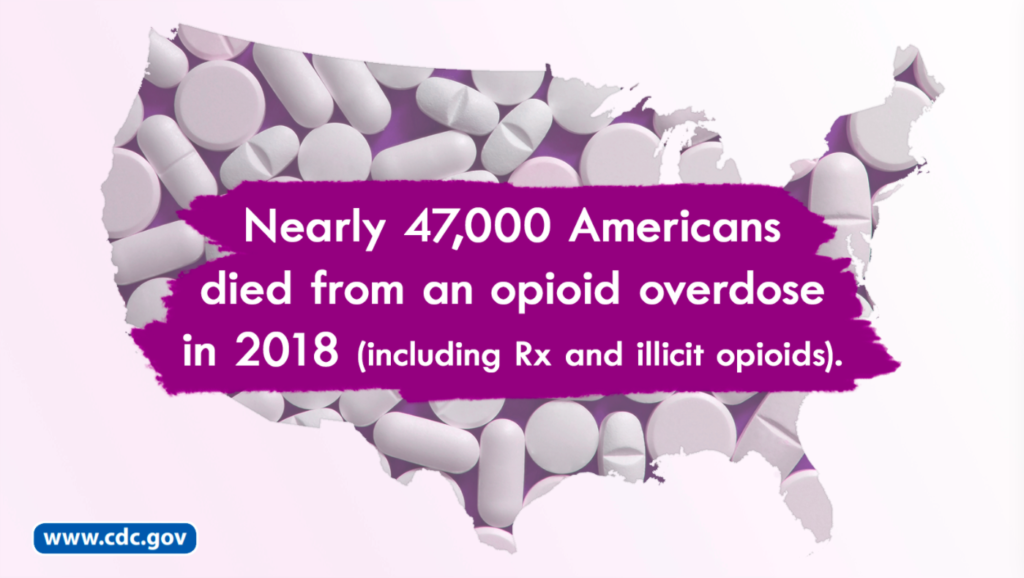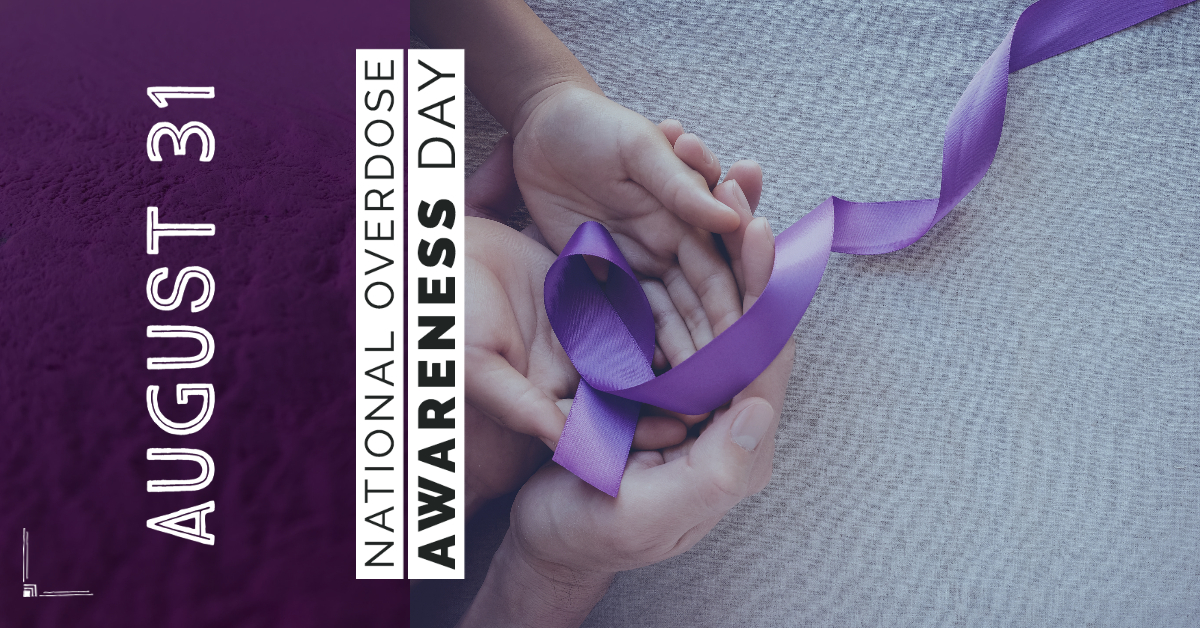
August 31, 2019, is International Overdose Awareness Day, a worldwide event that aims to raise awareness that overdose death is preventable and to lower the stigma related to drug-related death. Objectives also include providing information about risk for overdose and community services and avoiding drug-related harm through evidence-based policy and practice (https://www.overdoseday.com).
The opioid overdose epidemic, which killed 47,600 U.S. individuals in 2017, significantly expanded in 2013 driven by rapid increases in overdose deaths involving artificial opioids (leaving out methadone), particularly illegally produced fentanyl. Cocaine and methamphetamine overdose deaths co-involving artificial opioids likewise rapidly increased during this period.1
A report in this publication of MMWR documented declines in opioid-involved overdose deaths in 25 states from July–December 2017 to January–June 2018, particularly those including fentanyl analogs and prescription opioids. Overdose deaths including illegally made fentanyl (including those co-occurring with illegal opioids and stimulants) increased.2 Enhanced identification of persons at high risk for overdoses involving illegally manufactured fentanyl and linkage to risk-reduction services and evidence-based treatment are important to decreasing opioid deaths. Additional information on CDC’s state efforts and overdose information is readily available at https://www.cdc.gov/drugoverdose/index.html.

- Kariisa M, Scholl L, Wilson N, Seth P, Hoots B. Drug overdose deaths involving cocaine and psychostimulants with abuse potential—United States, 2003–2017. MMWR Morb Mortal Wkly Rep 2019;68:388–95. CrossRefexternal PubMedexternal icon
- Gladden RM, O’Donnell J, Mattson C, Seth P. Changes in opioid-involved overdose deaths by opioid type and presence of benzodiazepines, cocaine, and methamphetamine—25 states, July–December 2017–January–June 2018. MMWR Morb Mortal Wkly Rep 2019;68:737–44.







